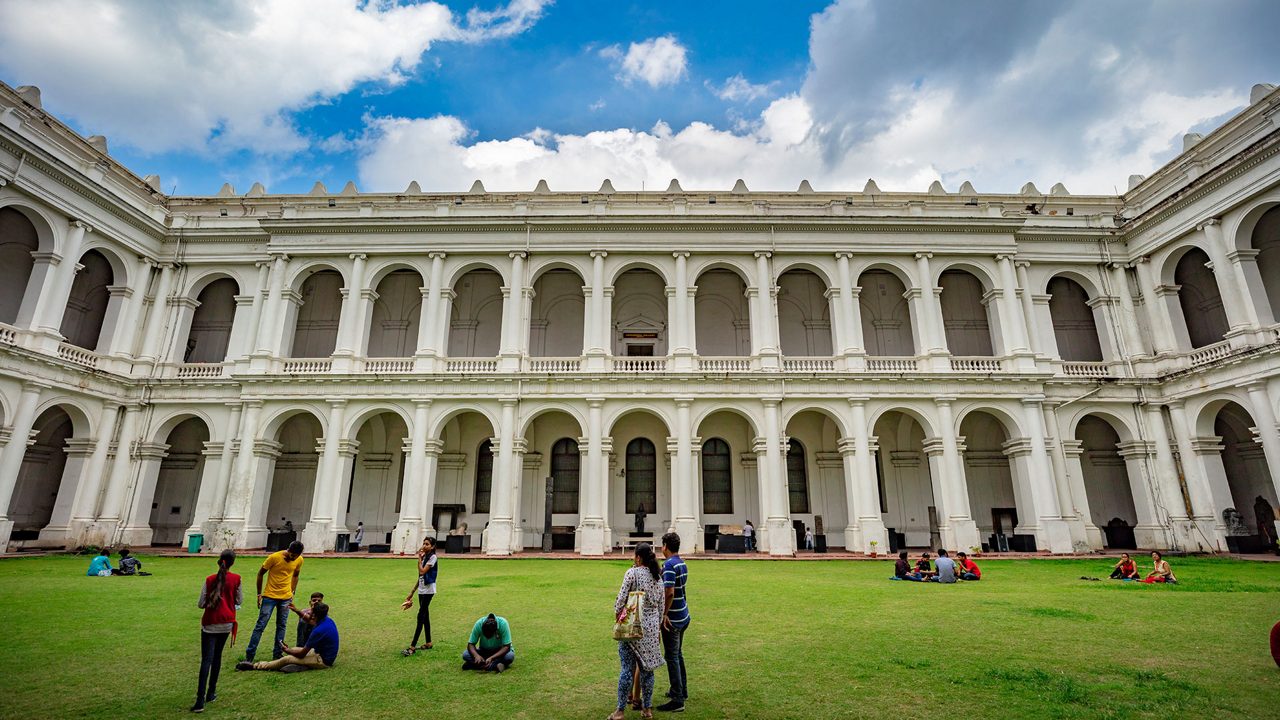
Menu

Gujarat, a vibrant state on the western coast of India, is a living museum of architectural heritage. With monuments dating back centuries, the state is home to some of the most fascinating structures that beautifully blend history, art, and engineering.
One of the most iconic landmarks is Rani ki Vav in Patan, a UNESCO World Heritage Site. This intricately designed stepwell, built in the 11th century, is not just a water reservoir but a marvel of craftsmanship. Its seven levels are adorned with over 500 sculptures, mostly dedicated to Hindu deities, showcasing the finesse of the Solanki dynasty’s artisans.
Another gem is the Sun Temple in Modhera, constructed in the 11th century by King Bhima I. Dedicated to the Sun God, this temple is designed in such a way that the first rays of the sun illuminate the sanctum. The temple complex includes a magnificent stepped tank, known as the Surya Kund, and elaborately carved pillars that narrate mythological stories.
The Adalaj Stepwell, near Gandhinagar, is a stunning example of Indo-Islamic architecture. Built in 1499 by Queen Rudabai, this five-story stepwell features a harmonious blend of Islamic floral patterns and Hindu symbolism. It served both as a spiritual refuge and a resting place for travelers.
In Ahmedabad, the Jama Masjid, built in 1424 by Sultan Ahmed Shah, showcases the blend of Islamic and Hindu architectural styles. Its yellow sandstone façade, domes, and intricate latticework make it one of the most beautiful mosques in India.
These architectural marvels of Gujarat are not just monuments—they are stories carved in stone. They represent the rich cultural heritage and the timeless legacy of craftsmanship that continue to inspire awe among visitors from around the world.



